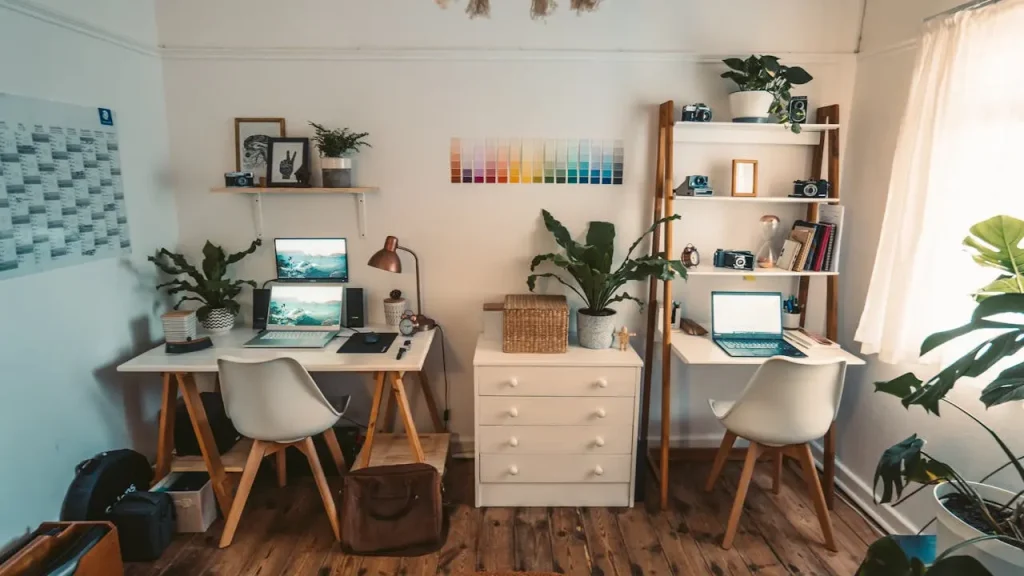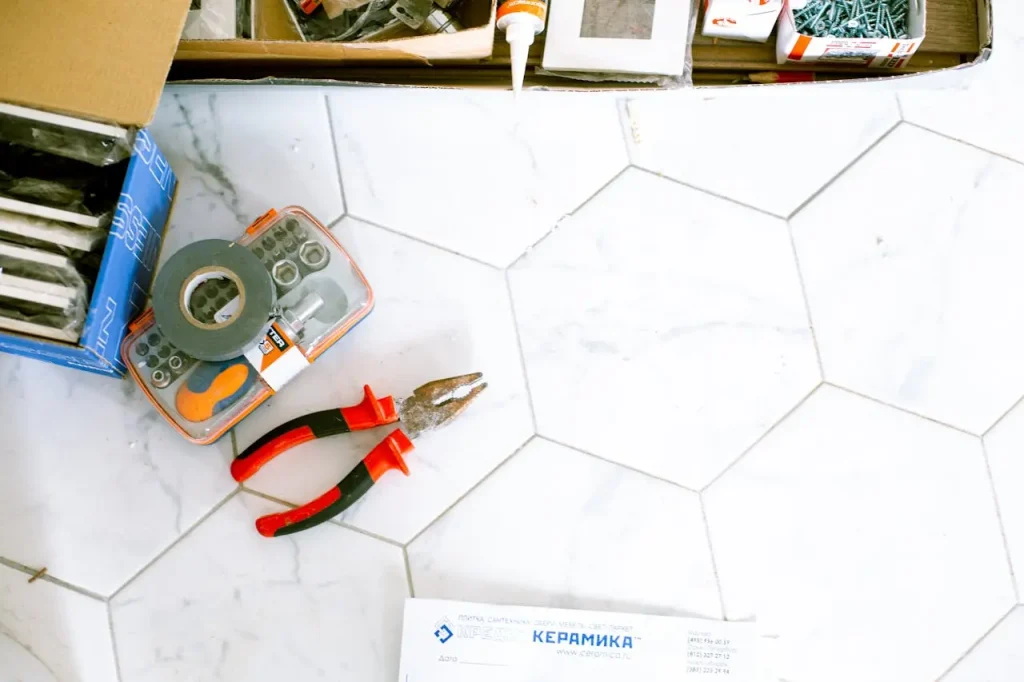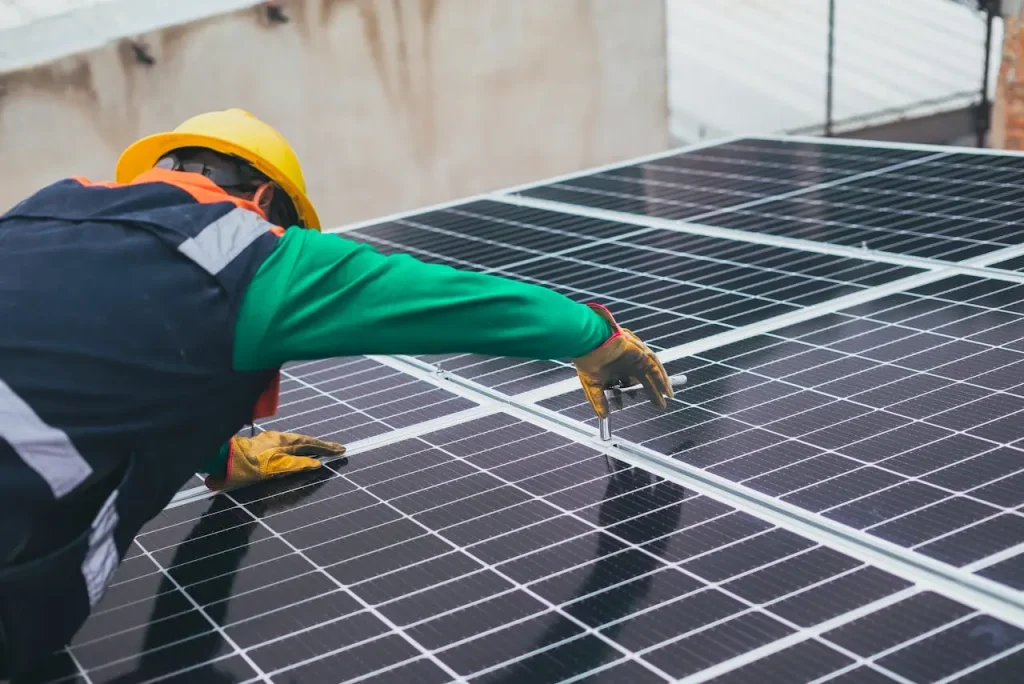Welcome to the ultimate guide on setting up a home office that boosts productivity without breaking the bank. With the rise of remote work, having a designated workspace at home has become essential for many people. However, creating an efficient home office doesn’t have to be expensive or complicated. In this article, we’ll explore practical tips and budget-friendly ideas to help you design a productive workspace that meets your needs and fits your budget.

1. Assess Your Needs
Before you start transforming a corner of your home into an office space, take some time to think about what you actually need. Consider the type of work you do, the equipment you use regularly, and any specific requirements you might have. This will help you make informed decisions when it comes to setting up your home office.
2. Choose the Right Location
The location of your home office can have a significant impact on your productivity and comfort. Look for a quiet area in your home where you can work without distractions. Ideally, choose a space with good natural light and ventilation to create a pleasant and inviting atmosphere.
2.1 Consider Ergonomics
When setting up your workspace, prioritize ergonomics to ensure your comfort and well-being. Invest in a comfortable chair that provides adequate support for your back and neck. Additionally, choose a desk that allows you to maintain proper posture and adjust the height to suit your needs.
3. Get Creative with Furniture
Furnishing your home office doesn’t have to break the bank. Get creative and repurpose items you already have or look for affordable options at thrift stores or online marketplaces. Consider multifunctional pieces of furniture that can serve multiple purposes, such as a desk with built-in storage or a chair that doubles as a filing cabinet.
3.1 DIY Solutions
If you’re feeling adventurous, consider DIYing some of your furniture or storage solutions. Upcycling old furniture or building your own shelves and organizers can add a personal touch to your home office while saving you money.
4. Invest in Essential Equipment
While it’s important to stick to a budget, there are certain items that are worth investing in for your home office. A reliable computer or laptop, ergonomic keyboard and mouse, and a high-quality monitor can significantly improve your efficiency and comfort while working from home.
5. Optimize Storage
Effective storage solutions are essential for keeping your home office organized and clutter-free. Maximize vertical space by installing shelves or wall-mounted storage units. Use containers, bins, and organizers to keep supplies neatly sorted and within reach.
5.1 Declutter Regularly
Make it a habit to declutter your home office regularly to prevent it from becoming overrun with unnecessary items. Set aside time each week to tidy up your workspace and get rid of anything you no longer need.
6. Personalize Your Space
Adding personal touches to your home office can make it feel more inviting and inspiring. Hang artwork or photographs that motivate you, incorporate plants to bring life to the space, and choose decor that reflects your personality and interests.
Conclusion
Creating a productive home office on a budget is entirely achievable with some creativity and resourcefulness. By assessing your needs, optimizing your space, and investing in essential equipment, you can design a workspace that enhances your productivity and overall well-being without breaking the bank.
FAQs
1. Do I need to spend a lot of money to set up a home office?
- No, with some creativity and strategic planning, you can create a productive home office on a budget.
2. How can I ensure that my home office is comfortable and ergonomic?
- Invest in a comfortable chair, ergonomic desk, and proper lighting to create a workspace that promotes good posture and reduces the risk of strain injuries.
3. Are there any DIY solutions for furnishing my home office?
- Yes, consider repurposing furniture or building your own shelves and organizers to save money.
4. What are some essential items I need for my home office?
- Key essentials include a reliable computer or laptop, ergonomic accessories, and adequate storage solutions.
5. How can I personalize my home office without spending a lot of money?
- Incorporate personal touches such as artwork, plants, and decor that reflect your personality and interests.

